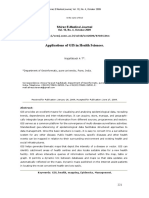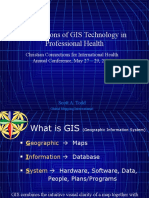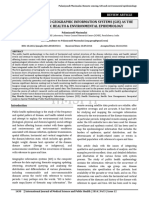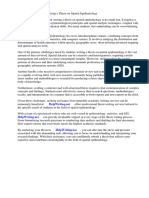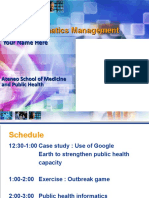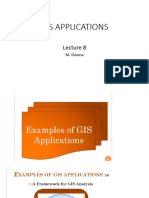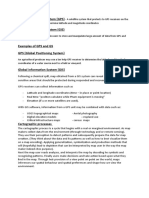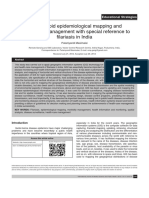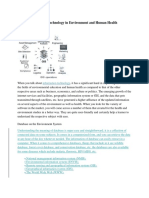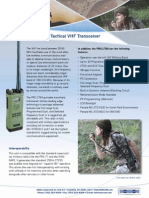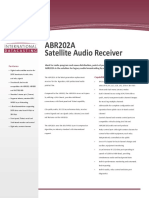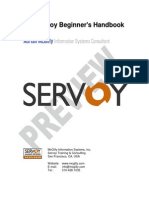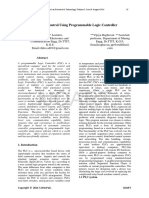0% found this document useful (0 votes)
74 views4 pagesASA University Bangladesh: MPH 536 Introduction To Geographic Information System (3 Credits)
This document provides information on the course "Introduction to Geographic Information System (GIS)" offered at ASA University Bangladesh. The 3-credit course aims to provide students with a basic understanding of GIS concepts and techniques for health-related applications. It will cover topics such as disease mapping, environmental association through spatial modeling, and analyzing health data visually. The course will be conducted through lectures and exercises in a problem-based learning approach. Students will develop knowledge of health geography, spatial analysis techniques, and using GIS software while applying these concepts to public health issues. Their performance will be evaluated through written and practical assessments.
Uploaded by
moinulsaqibCopyright
© © All Rights Reserved
We take content rights seriously. If you suspect this is your content, claim it here.
Available Formats
Download as PDF, TXT or read online on Scribd
0% found this document useful (0 votes)
74 views4 pagesASA University Bangladesh: MPH 536 Introduction To Geographic Information System (3 Credits)
This document provides information on the course "Introduction to Geographic Information System (GIS)" offered at ASA University Bangladesh. The 3-credit course aims to provide students with a basic understanding of GIS concepts and techniques for health-related applications. It will cover topics such as disease mapping, environmental association through spatial modeling, and analyzing health data visually. The course will be conducted through lectures and exercises in a problem-based learning approach. Students will develop knowledge of health geography, spatial analysis techniques, and using GIS software while applying these concepts to public health issues. Their performance will be evaluated through written and practical assessments.
Uploaded by
moinulsaqibCopyright
© © All Rights Reserved
We take content rights seriously. If you suspect this is your content, claim it here.
Available Formats
Download as PDF, TXT or read online on Scribd
/ 4








